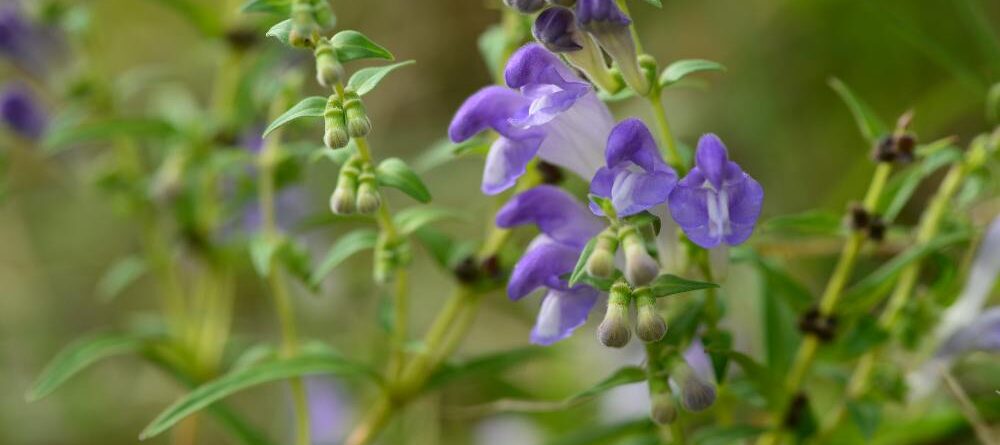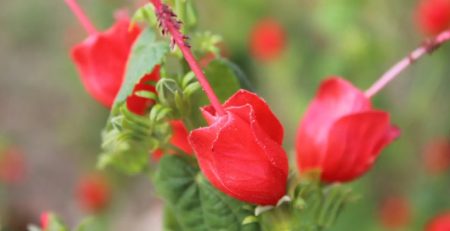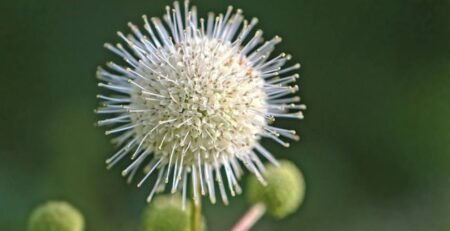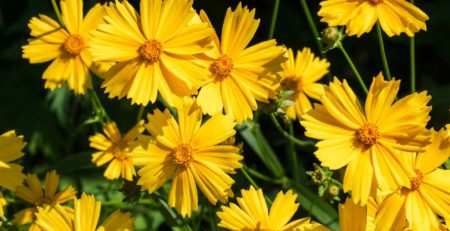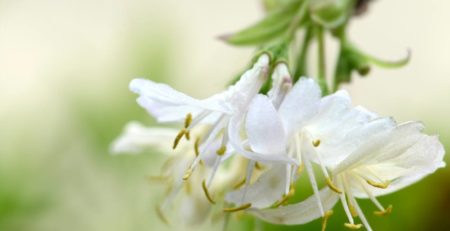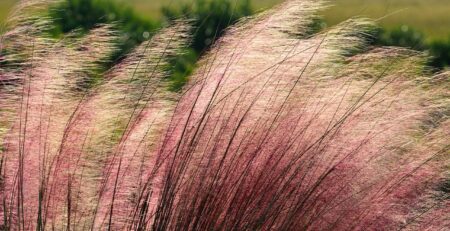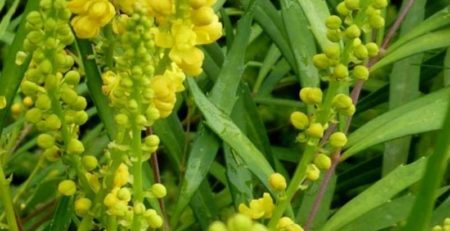Scutellaria wrightii

Botanical Name: Scutellaria wrightii
Common Name: Wright’s Skullcap, Texas Purple Skullcap, Mexican Skullcap
Synonyms:
Category: Perennial
Family: Lamiaceae
Lifecycle: Perennial
Lifecycle Alt: Annual
USDA Symbol: SCWR2
Hardiness Zone North: 7A
Hardiness Zone South: 10A
Description: Wright’s Skullcap, scientifically known as Scutellaria wrightii, is a captivating perennial herb that boasts an array of fascinating characteristics, making it a valuable addition to residential gardens across North America. This plant hails from the mint family, Lamiaceae, and originates from various regions within the continent. Come spring and summer, this delightful plant unveils its beauty with an exquisite display of tubular-shaped blooms in an array of striking colors, ranging from vibrant shades of purple, lavender, and blue. The bloom time typically occurs from late spring through summer, providing a colorful spectacle that enhances any garden. Caring for Wright’s Skullcap is a breeze, making it a favorite among gardening enthusiasts. It thrives in well-draining soil with good moisture retention, and partial to full sunlight is ideal for promoting optimal growth and flowering. Its water-wise nature allows for conservation efforts in the garden, making it environmentally conscious. Moreover, this hardy perennial is relatively resistant to common pests and diseases, making it a low-maintenance choice for gardeners. One of the most enchanting features of Wright’s Skullcap is its ability to attract various pollinators, such as bees, butterflies, and hummingbirds. These visitors play a vital role in pollination, contributing to the overall health and biodiversity of the garden. In addition to its ecological benefits, this plant can serve as an alluring focal point in ornamental gardens or a charming addition to wildflower meadows, attracting admiration from all who lay eyes on it. However, it is essential to exercise caution as some species of Skullcap, not specifically S. wrightii, can be potentially invasive in certain regions. Always ensure you select the appropriate species for your location to avoid any unwanted spread. Additionally, while Wright’s Skullcap is not considered poisonous, it is always wise to practice caution when introducing new plants, especially if you have pets or small children.
In conclusion, Wright’s Skullcap, with its captivating blooms, easy care requirements, and pollinator-friendly attributes, is an excellent choice for residential gardeners across North America. Its versatility in landscaping and its appeal to pollinators contribute to the beauty and ecological balance of any garden, making it a plant worth considering for your horticultural endeavors.
Sun Requirement: Full Sun (6+ hours of sun per day)
Sun Requirement (Alt): High Sun (4-6 hours of sun per day)
Water Requirement: Low
Growth Rate: Moderate
Maintenance: Low
Plant Adult Height: 1-3 ft.
Plant Adult Spread: 1-2 ft.
Plant Spacing: 1-2 ft.
Soil Preference: Adaptable
Soil pH Preference: Slightly Alkaliine (7.4-7.8)
Propagation: Division, Seed, Stem Cutting
Propagation & Planting: Propagate Wright’s Skullcap from seed, cuttings or by clump division. If starting from seed, sow on the surface of a standard potting mix in autumn as this plant benefits from a cold period before germination; they don’t even need covering, as light aids germination. Water the tray with a gentle mist to keep the seeds moist. Cover it with a clear plastic lid to preserve humidity and place it in a well-lit warm location, ensuring to keep the soil moist but not waterlogged. When starting from cuttings, take semi-ripe cuttings in summer and insert into a mix of sand and peat. For clump division, this can be done in early spring or autumn. Once the plantlets have several strong roots, they can be transferred to potting soil. Plant them deep enough to cover the root system, water them in well, and make sure the soil is well-draining and rich in organic matter. The plant requires a sunny location with partial shade and should be watered regularly during dry periods. Be sure to leave a considerably wide space between each plant to allow adequate air circulation as it can help in preventing any fungal disease.
Plant Care: Wright’s Skullcap thrives in full sun but tolerates light shade; it prefers well-draining soil with a somewhat lean mixture, avoiding overly rich soils. During spring, ensure it’s watered regularly, being careful to prevent waterlogging; these plants appreciate moisture but never soggy conditions. Summer requires less frequent watering, letting the soil get slightly dry between waterings. Once established, they can endure shorter dry spells. To maintain this plant, pinch back the stem tips in spring to promote bushier growth, and deadhead spent flowers to encourage repeat blooming. Mulching around plants can help retain moisture and suppress weeds, but pull it away from the plant’s base to avoid rot. Applying a balanced liquid plant fertilizer in the early growing season benefits Wright’s Skullcap but avoid over-fertilizing which can lead to leggier growth and fewer flowers. In autumn, limit watering and let the plants die back naturally, as this prepares them for winter dormancy. Keep an eye out for pests like aphids, and diseases like powdery mildew. If either is present, treat promptly with a suitable organic or non-organic insecticide or fungicide. In winter, provide a light mulch layer for additional cold protection.
Fertilize: To properly fertilize a Wright’s Skullcap, begin by selecting an organic or slow-release fertilizer that boasts a balanced NPK ratio. A balanced ratio ensures equal amounts of Nitrogen (N), Phosphorus (P), and Potassium (K); a common example is 10-10-10, though 14-14-14 would also be appropriate. Apply this fertilizer once during the growing season in early spring, adhering to label instructions for specific application rates given the varied formulations of fertilizers available. Make sure to water the plant well after the application, facilitating the delivery of the nutrients to the root system. Refrain from over-fertilizing, as excessive nutrients can have adverse effects on the plant. A consistent annual plan of proper fertilizer application results in improved plant health and vigor for your Wright’s Skullcap.
Prune: The pruning of Wright’s Skullcap should start by identifying the plant’s life cycle, as it is a perennial species known for blooming in summer until fall. Pruning is best executed just after the bloom period, often in the early days of fall, to allow the plant to direct energy toward root growth and development, improving its vigor. Build a plan to avoid over-pruning, cutting off overgrown sections in increments rather than taking everything off at once. Stick to trimming back no more than one-third of the plant at a time, making sure to remove dead, damaged, or diseased portions of the plant first. This method ensures the plant stays healthy and continues to bloom in the following growing season. Pruning outside the recommended period, especially during the bloom, can stress the plant and hinder its growth. Remember to always use clean, sharp tools to avoid inflicting unnecessary damage to the plant.
Pest & Disease: Wright’s Skullcap often exhibits signs of common garden pests and diseases that can be easily identified and treated. Aphids, small, sap-sucking insects, can be found on this plant. Look for curling leaves, yellowing and sticky residue. Neem oil, insecticidal soaps or introducing natural predators like ladybugs offers effective control. Spider mites and whiteflies are tiny insects that cause yellow, mottled leaves; they can be controlled with horticultural oils or neem. If holes in leaves are observed, leaf beetles may be present; hand-picking or pesticides should help. As for fungal problems, mildew forms a white to gray powdery substance on leaves and can be combated with fungicides and improving air circulation. Rust is another fungal disease that appears as small-rust colored pustules on leaves, usually at the under surface; treatment includes removing and disposing of infected leaves and applying appropriate fungicides. Root rot, identified by wilting or yellowing leaves and blackened roots, should be treated by improving soil drainage and reducing watering. Remember always to apply treatments following product instructions for the best results, and where possible, opt for organic and non-toxic options to safeguard beneficial insects and the environment.
Attracts: Bees, Butterflies, Hummingbirds, Moths
Resists: Rabbit, Deer, Disease, Fire
Tolerates: Drought, Erosion, Shallow Rocky Soil, Dry Soil, Heat, Poor Soil
PlantTAGG® is the most technically advanced mobile solution for helping gardeners learn about and care for their plants. PlantTAGG’s goal to educate gardeners blends seamlessly with the mission of the Master Gardener program to provide research-based horticultural information to the residents of Dallas County and beyond. To set up your own yard, download the PlantTAGG app.

